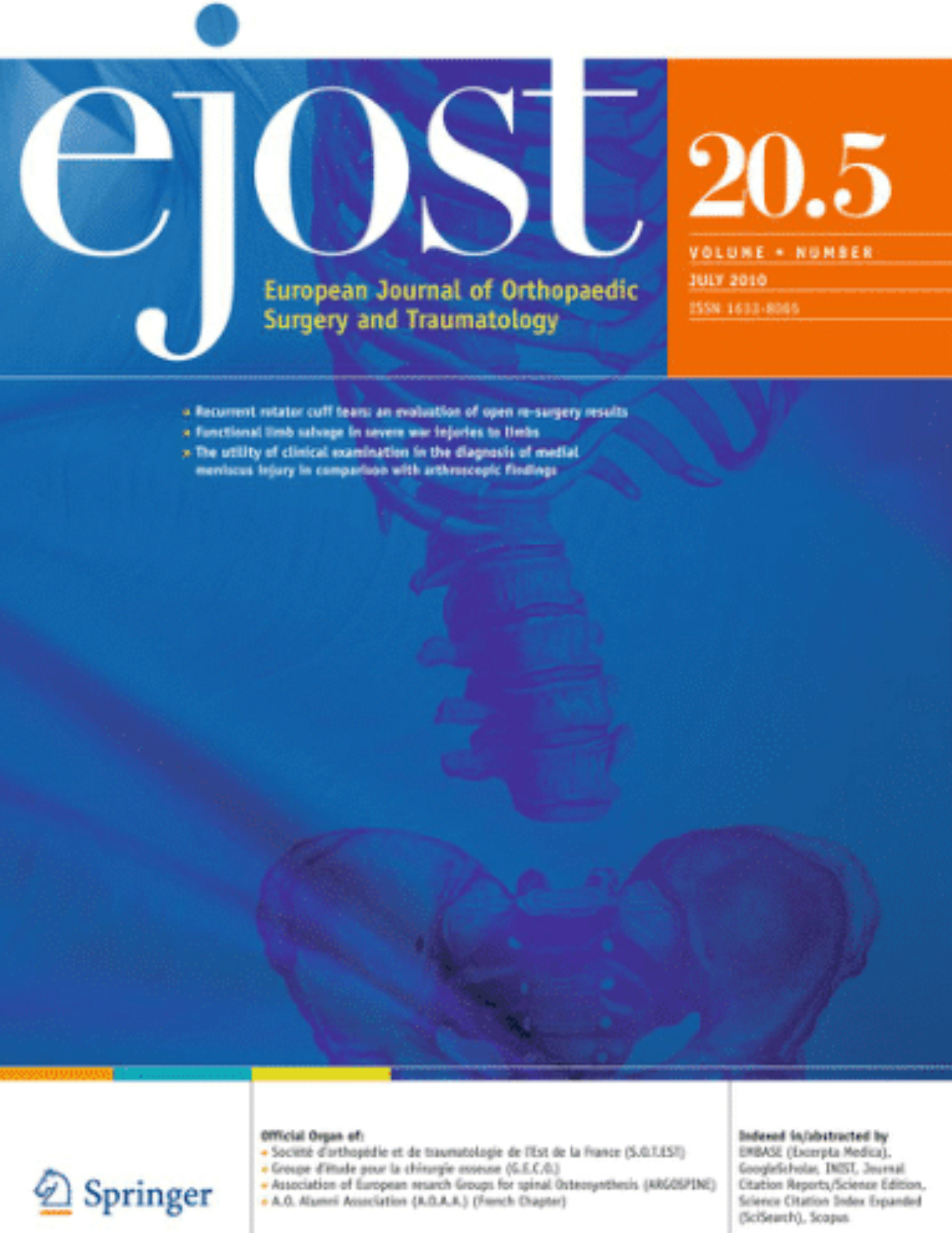
Heel vibration and rest with CPM may reduce risk of flexion contracture following TKA

Heel vibration and rest with CPM may reduce risk of flexion contracture following TKA
Application of a vibrating device for the prevention of flexion contracture after total knee arthroplasty
Eur J Orthop Surg Traumatol. 2015 Jan;25(1):167-72.Did you know you're eligible to earn 0.5 CME credits for reading this report? Click Here
Synopsis
144 patients scheduled for total knee arthroplasty were randomized to receive continuous passive motion therapy either with or without a novel heel vibration and rest treatment device. This was done to determine whether heel vibration and rest devices help reduce the incidence of flexion contracture in the short-term following total knee arthroplasty. Lateral X-rays, along with computer-based meth...
To view the full content, login to your account,
or start your 30-day FREE Trial today.
FREE TRIAL
LOGIN
Forgot Password?
Explore some of our unlocked ACE Reports below!

Learn about our AI Driven
High Impact Search Feature
Our AI driven High Impact metric calculates the impact an article will have by considering both the publishing journal and the content of the article itself. Built using the latest advances in natural language processing, OE High Impact predicts an article’s future number of citations better than impact factor alone.
Continue



 LOGIN
LOGIN

Join the Conversation
Please Login or Join to leave comments.